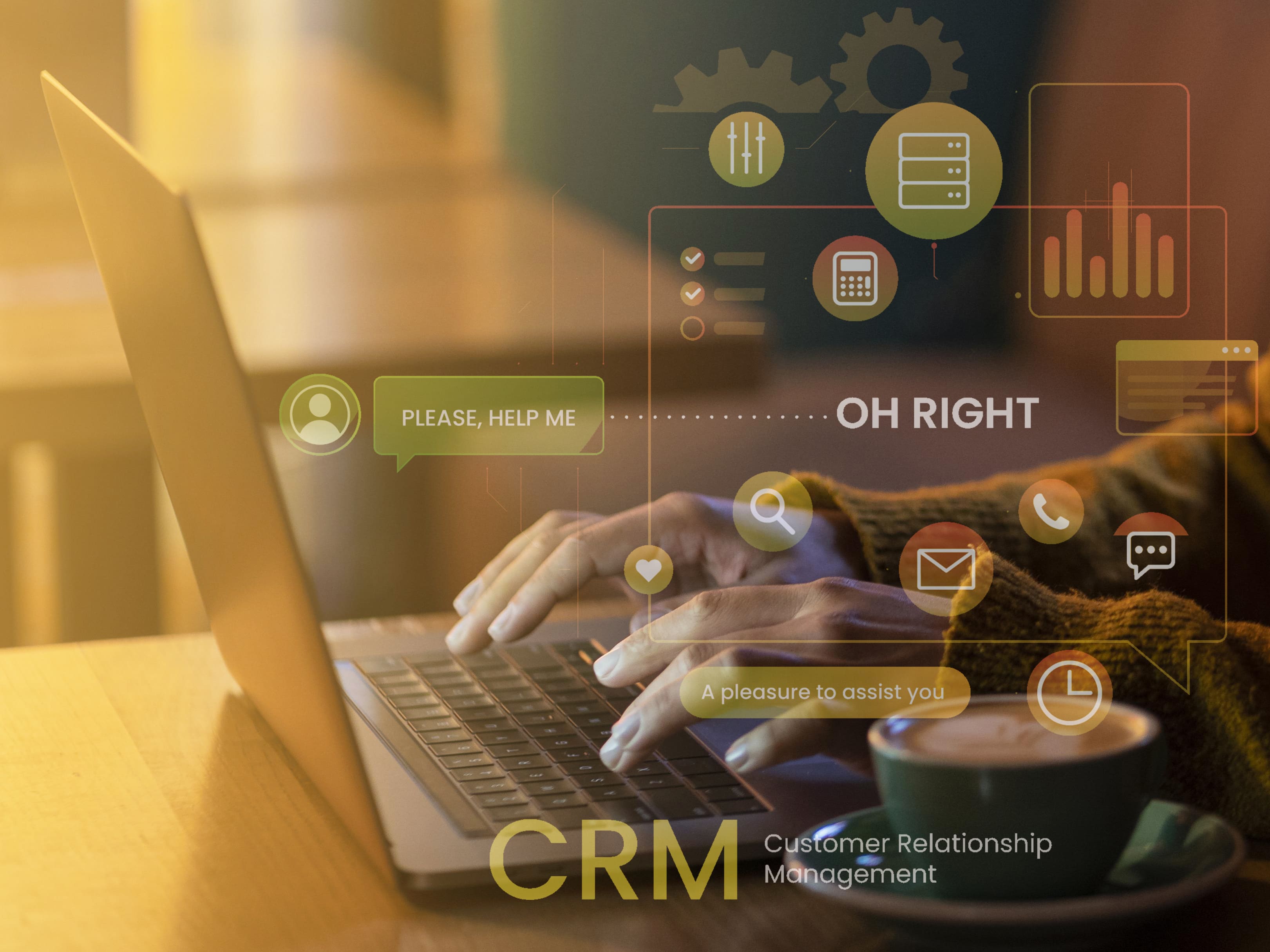Your business may minimize manual data entry and guarantee that front-end employees view accurate back-end data by integrating CRM and ERP systems. Better client interactions and quicker, more efficient business requirements solutions are the results of this.
Compare some of the benefits of combining your CRM and ERP systems with your current procedures if you're still unsure.
More Precise Upsells, Discounts, and QuotationsSales teams may view inventory and timelines in almost real-time with integrated platforms. In addition to having the freedom to modify prices, add upsells and cross-sells, and direct clients to goods that complement your manufacturing procedures, your staff can produce more precise quotes.
Additionally, your operations can identify new and pending sales orders instantly and make appropriate plans. More accuracy results from a closer (and undoubtedly quicker) alignment between operations and sales.
Quicker Sales CyclesWith a quality integration, you can accelerate the sales cycle in addition to making more precise offers. The procedure is slowed significantly for teams who must manually communicate spreadsheets or other kinds of data. Before creating quotes or completing transactions, they can take an additional step to confirm data. They can also omit such stages, which would result in quotes that are based on false information, annoying delivery delays, and a betrayal of confidence.
Increased Client SatisfactionAfter a deal is closed, customer support issues are typically not caused by keeping customer data in two different locations. However, the two data sets may diverge over the course of months or years, which might have catastrophic effects on corporate operations and consumer satisfaction.
When a contact associated with your account moves, departs, or gets promoted, your fulfillment team is aware of it. However, sales teams may be the last to know, which can lead to serious issues at worst and confusion at best.
Improved Predictions and InsightsSales teams can more precisely forecast future sales when they have access to client data from other departments. If financial data indicates that the client is currently three months behind in payments, a representative hoping to close a significant renewal deal will offer alternative sales projections.
This type of on-the-ground data may easily become stuck in silos, making it impossible for your teams to use it to forecast future occurrences. This leads to bad leadership and poor decision-making. A more reliable method of making accurate predictions is to integrate systems from the ground up.
Increase Productivity and ProfitabilityUp to 21% of sales representatives' time is spent looking up incomplete data, according to Salesforce study. Your staff is wasting time sifting through redundant data, coordinating information with other departments, or comparing files to determine which is the most recent if you're utilizing two different systems.
Your team will save time by having a single source of truth thanks to a CRM-ERP integration. An integration can eliminate one more restriction, even if your team is accustomed to going over data by hand. You can scale and manage additional accounts without losing efficiency with the help of an efficient integration.
Commonest Touchpoints for IntegrationAny fields that are shared by your CRM and ERP systems can be used as integration touchpoints. However, if you're trying to find the best spot to start, some touchpoints are more popular and easier to incorporate than others.
- Account information: Synchronizing data on invoicing, shipping, contact information, and payment methods gives some of the largest benefits.
- Contact details: Frequently, your principal contact's phone number, email address, and other details are more crucial than the company's general details.
- Cost: Pricing is accurate and transparent since current prices are synchronized throughout the company.
- Past orders: Your sales team can use a customer's order and payment history to intelligently modify offers, including better terms for hassle-free clients or polite reminders.
- Rebates: Synchronizing data on past discounts, ongoing promotions, and other sales strategies benefits every department.
- Stock: Sales teams can provide customers with realistic delivery timelines or in-stock options by using real-time inventory status.
- Dates of supply shipment: Accurate data helps your sales and fulfillment team better predict outcomes and results in happier customers.
- Historical sequences: Salespeople can better forecast sales from prospects and modify price based on past quotations and volumes.
